Welcome to another chapter of our Developer Diaries. First chapters of our diary are dedicated to the introduction of our development team, the people responsible for creating “Klotzen! Panzer Battles.” In today’s episode, you will get a chance to know the man behind historical research and map design for Klotzen.
Hello. Please introduce yourself
My name is Mario Bursik. I’m from a small town of Sisak, it is close to Zagreb where I currently live. I am 29 years old and have been playing computer games since early childhood, starting at ages 5-6. In 2017, I majored in History, Modern period. Besides gaming and history, my hobbies include mountain climbing and hiking.
Could you tell us what you have worked on for Maxim Games?
I started working for Maxim Games before it was called that back in early 2016. Starting up, I was mostly doing historical research on WW2 weapons, equipment, and battles. At the start, it was very important to determine which battles, both real and alternative history, would be portrayed and which units and vehicles will be in the final version of the game. After that was set and done, I started doing map design for the main campaign of the game, which I am doing to this day.
Playing games and then moving on to develop them is one of the ways people get in the video game industry. You are not the first developer who was inspired by gaming. Talking about games, could you name us a few of your favorites?
I started playing games at a very young age; the first few I played a lot are Warcraft 2 and Starcraft. Later on, I played a lot of Diablo 2 with my friends and some other multiplayer games, such as Quake 3, Counter-Strike: Source, and Unreal Tournament. In my teenage years, I discovered World of Warcraft, and that was my main occupation for many years. I played it like crazy for almost 6 years. After that, I mostly played Civilization V, Dota 2, Starcraft 2, World of Tanks and a bit of Hearthstone. I also enjoy a lot of single player games, but those are mostly 20-30 hours of gameplay, and I prefer the multiplayer experience.
I’m pretty sure you know the history much better than I do. Do you encounter a lot of historical flaws in modern games?
When I play games set in a historical setting, I don’t look for flaws because most of them are simplified or influenced by sci-fi or fantasy. A lot of my friends studied history, and they are very annoyed when there is something wrong in Assasin’s Creed, or a tank model in World of Tanks looks off. Me, I don’t enjoy picking the games apart; I understand games such as Wolfenstein are fantasy/sci-fi that is influenced by history not as a textbook that has to be 100% accurate.
But if I’m to mention something, the only stuff I find annoying is the unrealistic combat mechanics, like destroying a tank with a machine gun or a hand grenade. It’s a minor gripe, though. There are flaws in games for sure, but they are so minor it is not worth mentioning. For example, the God of War series puts a lot of architecture, art, and weapon designs from different eras – hundreds of years apart – in the same period. But I do understand that it is done to have a better setting, and if you did not study Ancient Greek history, you would never notice these things.
What was the game’s name back in 2016? Our music composer, Tomas Oliva, told me he has worked on a music for “XXX” 😀
To be completely honest, I had no idea what was the name of the game for the first 2 years and I never thought to ask, haha. It is only when I got the first Alpha I figured out the name. I believe it did not have a final name, just a placeholder. Most of the files I got to work with were just named “Panzer”, so I figured it was a placeholder name.
I understand that you and Zoran and two history buffs 🙂 So I’m pretty sure the game is historically accurate. Still, it is very interesting for me to understand how do you decide what units and events to include in the game and what to skip?
Well, historical accuracy is a big issue because you want to try to make the game as accurate as possible, but you are limited by the game mechanics. Also, you want to give the player some freedom. We try to make a balance of those things; for example, if an area was heavily defended in WW2, then the area would be hard to attack in the game. If a lot of, let’s say, Tiger tanks were used in that area, they would be there in the game. So in a sense, we try to implement the necessary conditions for the major battles and events to take place, but there is also some space for you to try a lot of crazy ideas that have never happened. Not sure how much success you will have, but you can experiment!
As for the models, there are hundreds of models in the game! I think all of the tanks, guns, or aircraft that were manufactured above the prototype stage are included as well as many that were just a design and never created. We really tried to incorporate as much as possible so that the player can get a sense of technological advancement as the war goes on. This translates really well to the gameplay. When you advance through each campaign scenario, you feel like your units are a bit stronger, and your enemy is tougher!
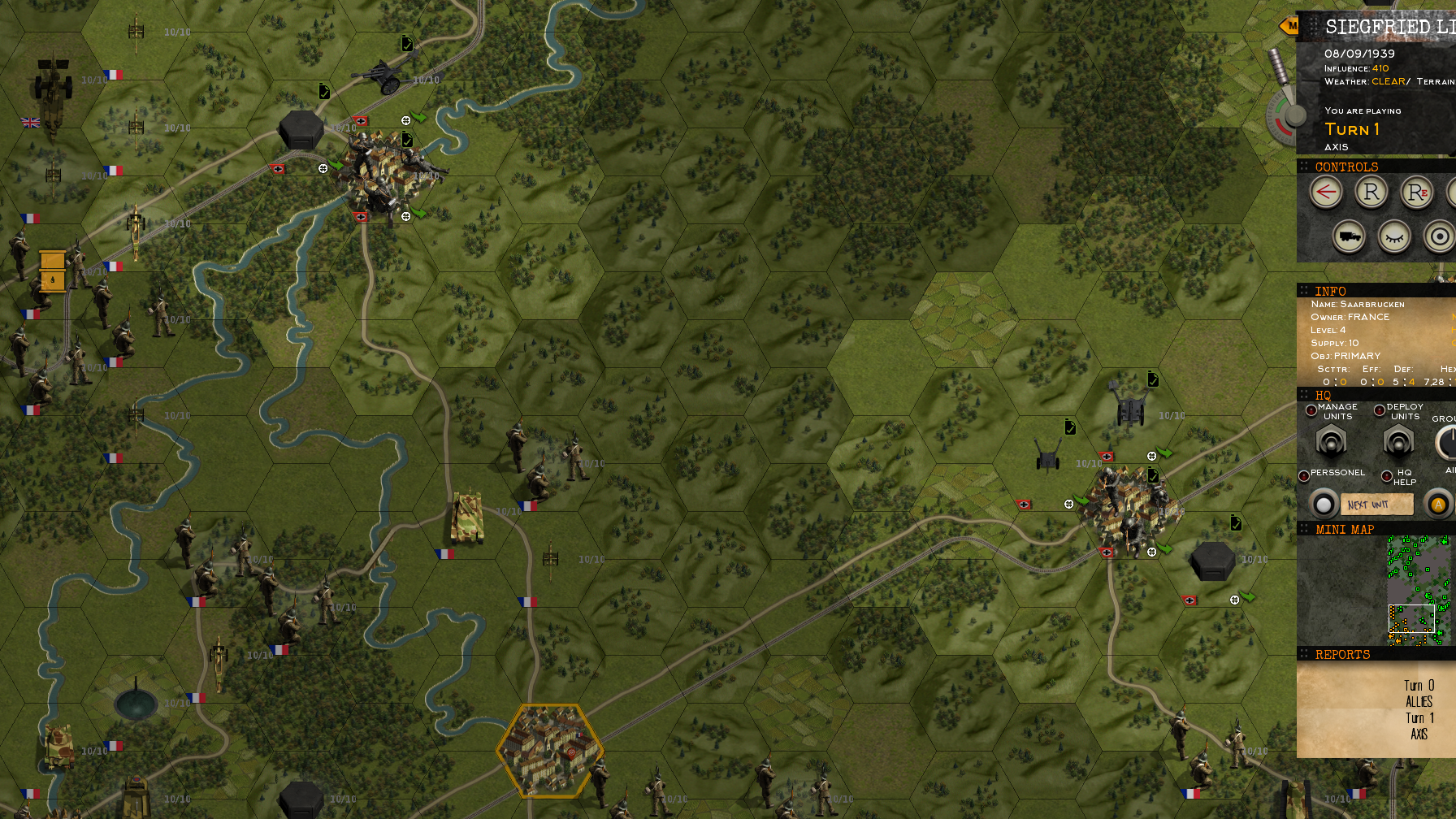
A screenshot of our Siegfried Line map
Could you talk more about the map design? How do you keep a balance between adapting a location for the game and keeping it historically accurate?
All maps are based on the geography of the area, so they are pretty accurate. A map is made out of hexes which represent 5, 10, or 15 kilometers in diameter. That is the main problem with balance and accuracy, as you can’t really fit in all the small rivers, swamps, lakes, or villages.
The basic idea when designing a certain map is to include the elements which were crucial for the major events, battles of the operation, which include towns, rivers, terrain types etc. So for example, if you take Operation Overlord, the main goal for the Allies was to secure a bridgehead, and for the Axis to stop them from doing so. Therefore, the main goal of our map is to make that part interesting and engaging. This includes unit composition and placement, terrain configuration that were crucial for the operation. After that, we try to incorporate some smaller but also important events and operations so that the map experience is not that straightforward and provides an additional challenge.
After that, we do modifications – if needed – that wouldn’t hurt the player experience. So if we need to move a forest to the other side or put the river a few kilometers upstream, we will do it if we think it makes the gameplay better. But mostly, those are minor changes. If you don’t know those areas personally, I think you will not notice any problems!
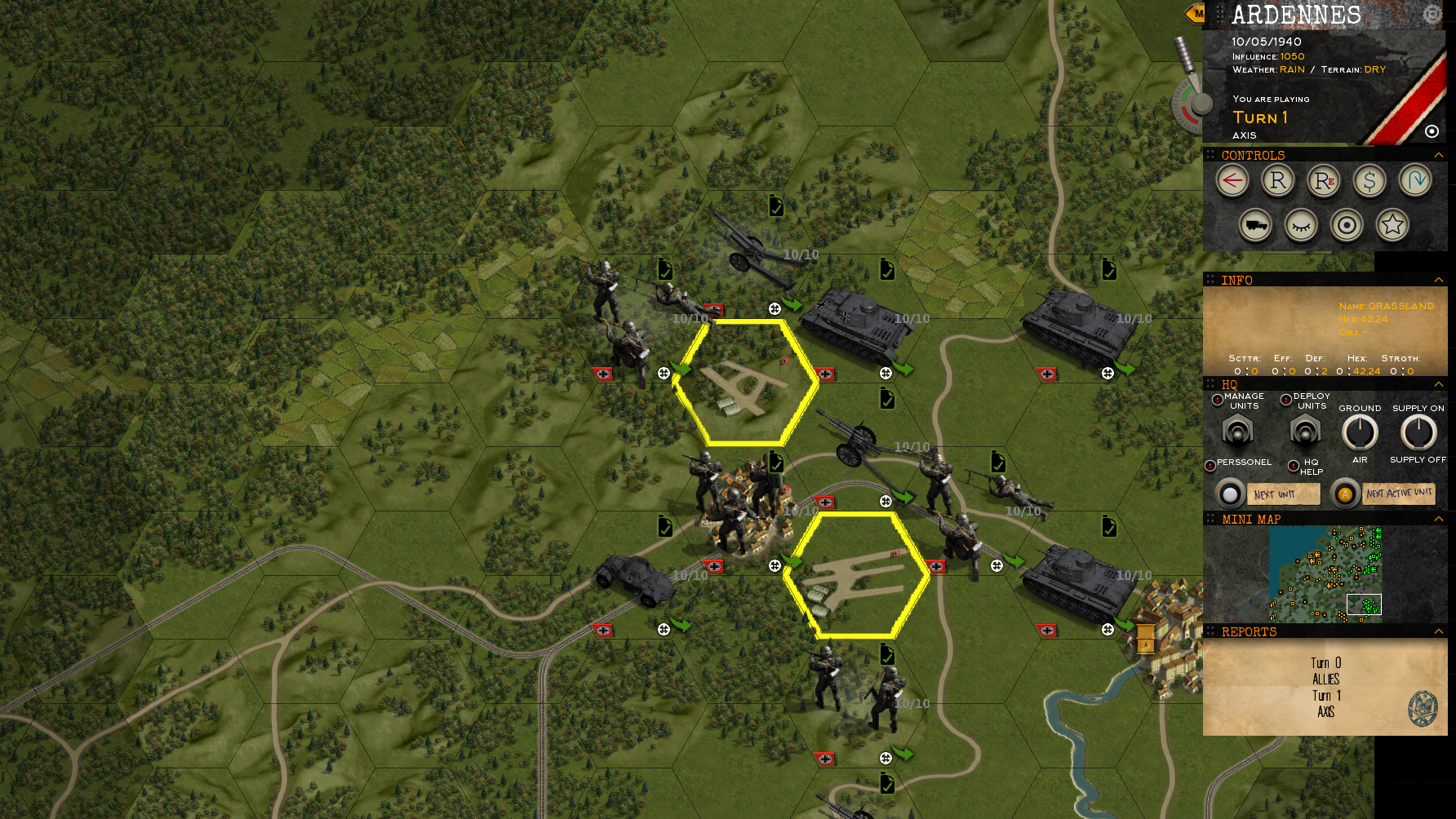
A screenshot of our Ardennes map
Thank you for taking your time to make this interview possible! Is there anything else you would like to say?
I am glad to provide a lot of insights about our game! I would like to mention that the game will enable the player hundreds – if not thousands – of hours of potential gameplay. Every map can be completed in a variety of ways, and as you get better, you will be able to execute more demanding strategies and tactical decisions which will expand your gameplay even more. There are dozens of maps available as well as a lot of crazy “what if” scenarios that we try to make realistic as much as possible. For example, what if Germans won the African Campaign or Spain entered the war? If you are new to this series or even genre, or a veteran of the genre that has played it for 25 years, there’s the content for you! We hope you will enjoy playing Klotzen as we have enjoyed making it.
That’s it for our interview. We’re looking forward to releasing more interviews and insights for you!

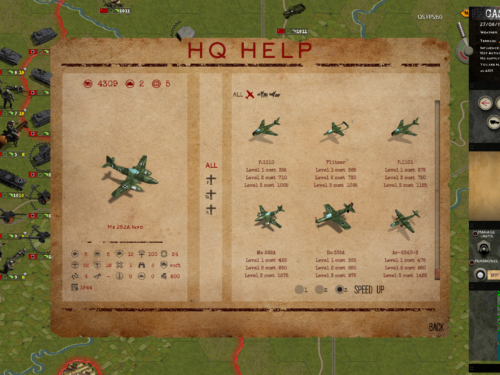
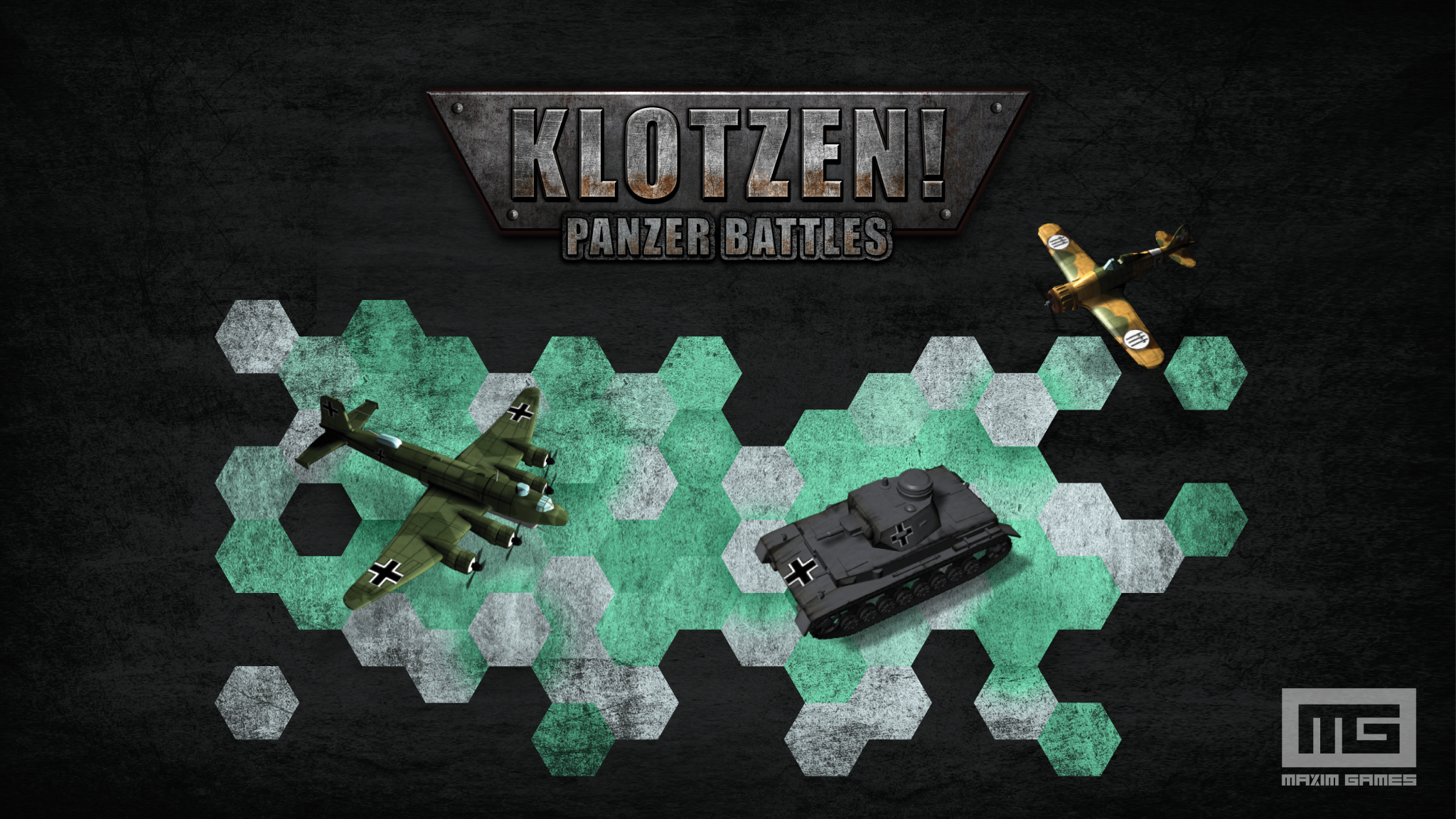
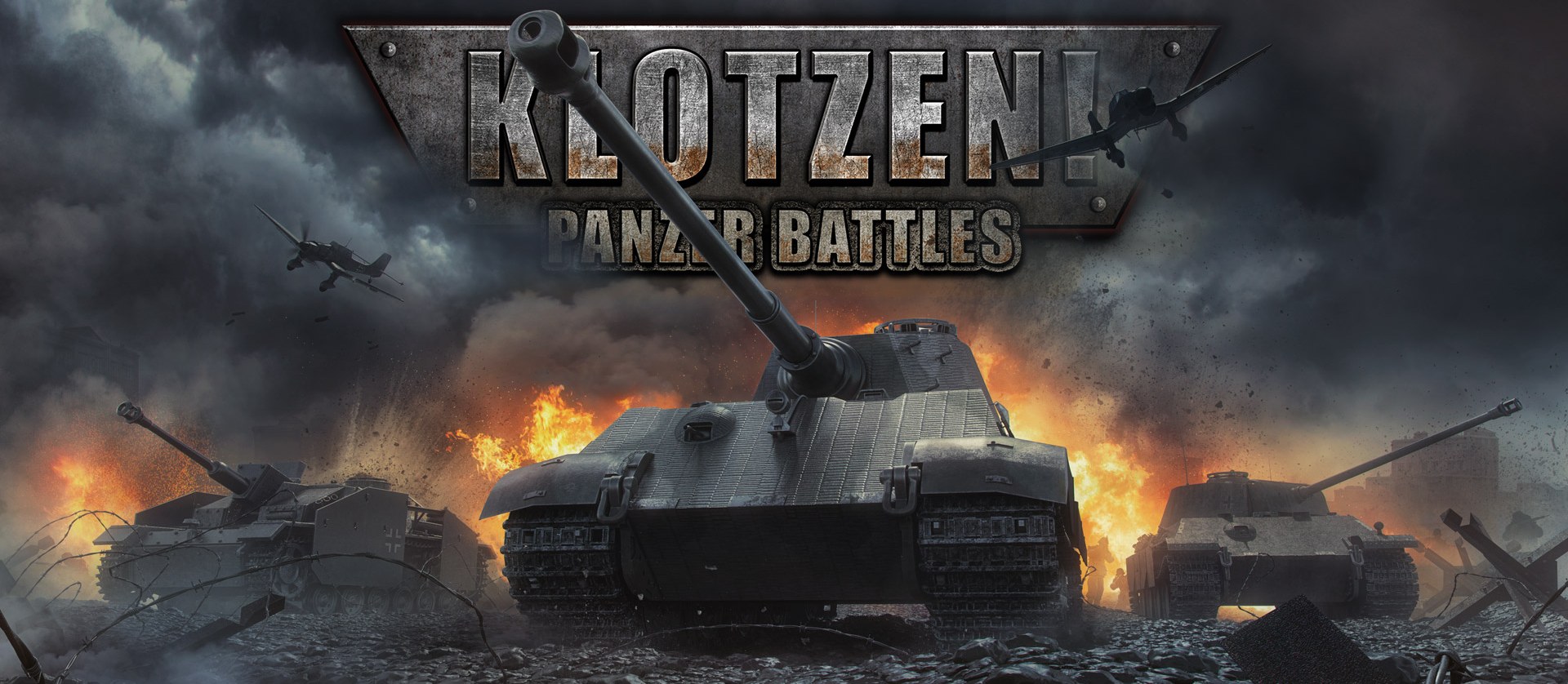
Recent Comments